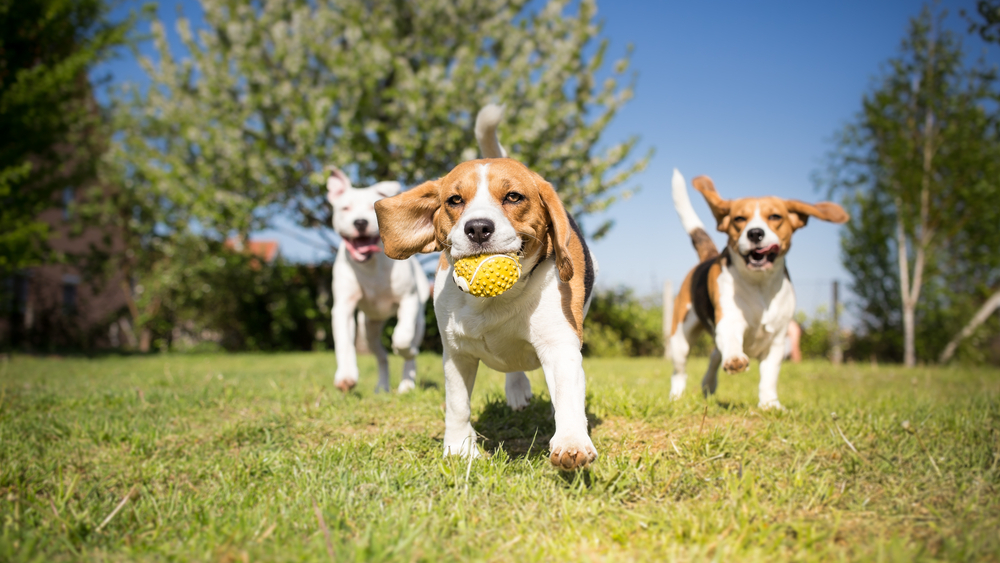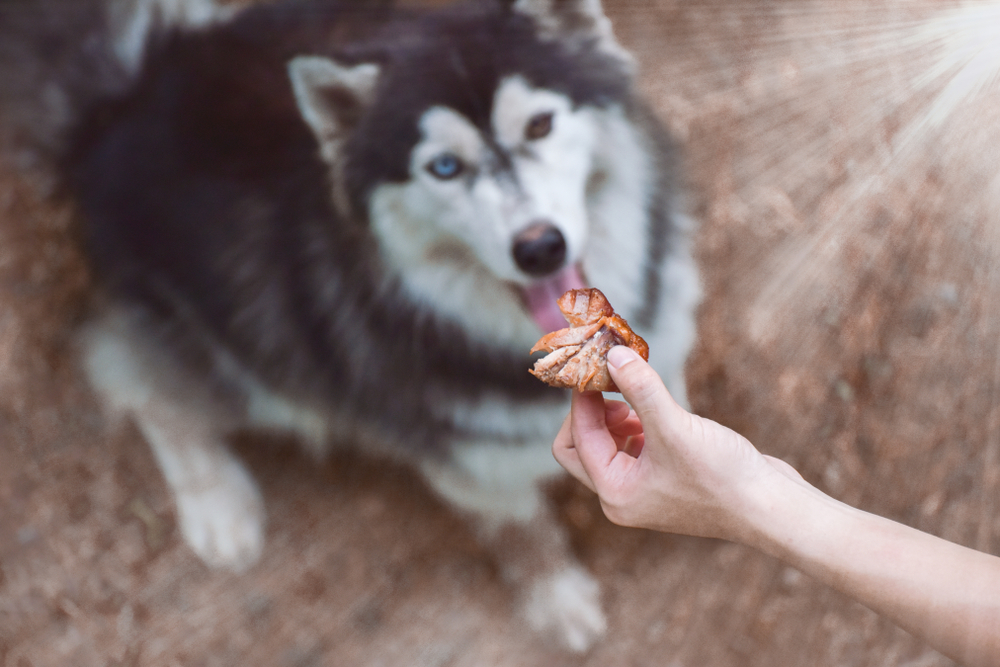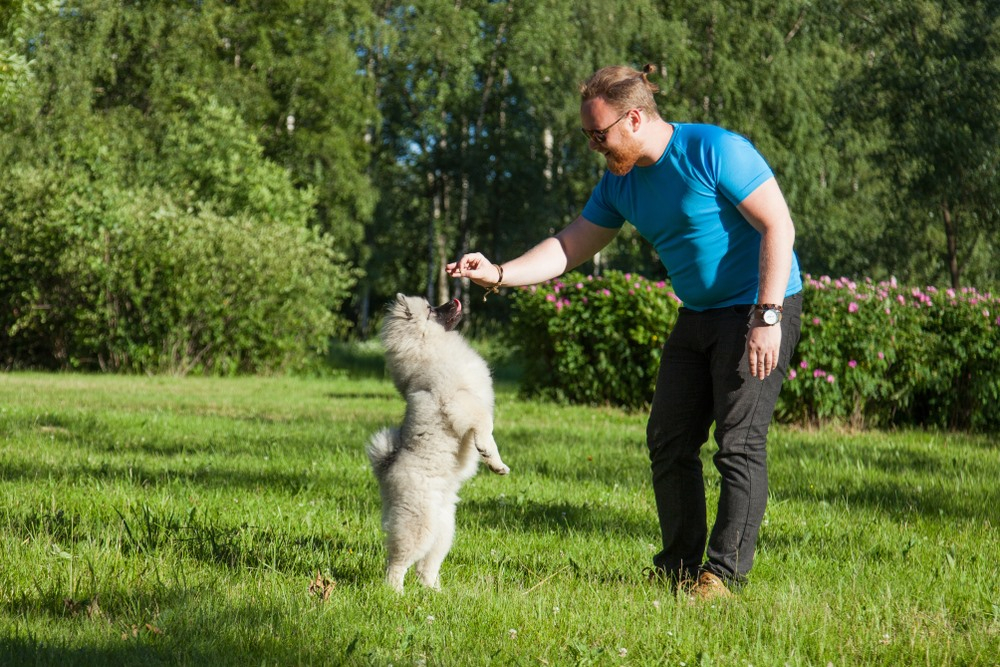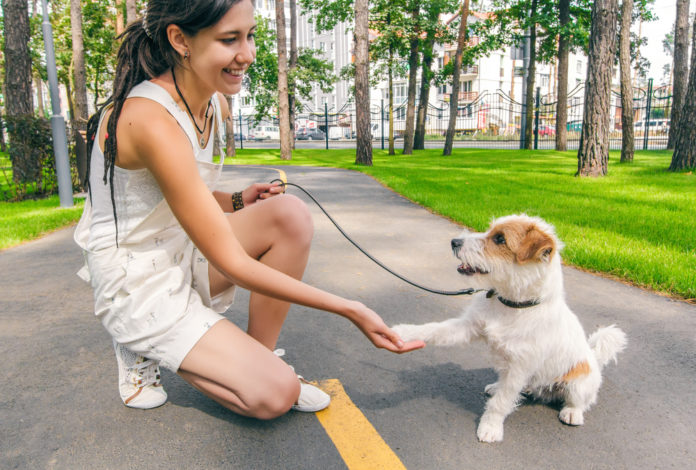Positive reinforcement should be the basis for the training of a puppy. Positive reinforcement is the process of giving a dog a reward to encourage the behavior that you want, such as getting a paycheck to go to work. In this article, you will know about how to train a puppy?

Try to avoid to give punishment to your puppy like shouting or leash corrections. Punishment will leave a dog frustrated and uncertain as to what’s being asked of him. It’s important to remember that we can’t expect dogs to know what they don’t know just as you wouldn’t expect a 2-year-old kid to know how to tie his shoes.
How to train a puppy
Here in this article, you will find the best way to train your puppy.
What kind of reinforcement for a puppy?
Reinforcement could be whatever your dog likes. For training treats, most people use small pieces of a “high value” food — something special. Similarly, generous encouragement or the opportunity to play with a favourite toy can be used as compensation.

You may also love to read: Best Pet Cameras in 2021
You can start very basic training for the puppy as soon as they arrive home. Just hold short training sessions 5 to 10 minutes only and always finish on a positive note. If your dog has trouble learning a new habit, finish the session by explaining what he already knows and giving him a lot of praise and a great reward for his performance. In the end, if your puppy gets bored or upset then learning will be counterproductive.
what is the best age for training my new puppy?
From the moment you bring it home, you will train your puppy and start house-train. Puppies start learning since birth and successful breeders start handling and socializing immediately.

Basic training should start as soon as the baby can open the eye and walk. Young puppies have limited periods of attention but you can expect them to start learning basic obedience commands like down, down, and stop as young as 7 to 8 weeks old. Traditionally, formal dog training was delayed until age 6 months.
The adolescent stage really is a very poor time to start. The dog learns from any practice and avoiding training ensures that the dog has skipped opportunities to learn how you want him to act. Puppies can learn a lot from a precocious age. Using the food-lure training method puppies may be taught to sit down and stand commands.
How to train a puppy with food lure training?
You can use tiny pieces of food or a preferred toy to encourage your puppy to do most of the tasks. You can use tiny pieces of food or a preferred toy to encourage your puppy to do most of the tasks. Provided a puppy’s incentive is enticing enough.

The puppy may be encouraged to respond by giving the puppy a reward. Place an order, and move the reward to get the desired response. For example, food kept over the puppy nose and moved slowly backward should receive a ‘ sit ‘ response, food drop down to the ground should receive a ‘ down ‘ response, food brought up should receive a ‘ stand ‘ response, food kept at a distance should receive a ‘ come ‘ response and food kept at your thigh while you’re walking should get your puppy to ‘ heel ‘ or ‘ follow ‘.

The puppy would soon learn the meaning of each order by combining a command phrase or word with each action and providing the reward for each appropriate response.
How often should I give the instructions?
Ideally, you’ll give the command phrase once, and then use your food to push the puppy into positions. Upon completion of the mission, add the puppy to verbal reinforcement and affectionate hug known as a secondary reinforces.
If the puppy does not immediately follow on first order, you may be going a little too quickly. As you continue to repeat the order, the puppy will understand that it needs multiple repetitions before it has to comply. Keeping a leash attached can help if the puppy doesn’t obey to get an immediate response.
How much time should I spend every day training my puppy?
You don’t have to practice regularly in a fixed session. Instead, integrate these tasks all day long. At least 15 minutes of exercise each day is one goal to aim for. These can spread throughout the day to be short 5 minute sessions. Try to have your puppy ask all family members to do those things.

Keep in mind trying to practice in every room in your house. You want your puppy to “sit down,” “lie down” and “wait” everywhere, not just at the training site. Practice wherever you want your puppy to behave in the future, and feel comfortable and relaxed.
What to do if my puppy is too distracted or too excited to control?
Training must start with just a few distractions in a quiet environment. The reward chosen should be highly motivating so that the puppy can concentrate fully on training and reward. Although a small food reward works best in general, a favorite toy or a special dog treat may be more appealing.

For difficult or headstrong puppies, leaving a leash attached and using a head collar for additional control is the best way to ensure the puppy performs the desired behavior.
Socialization must start as soon as you get your puppy and this often means at the age of 7 weeks. Puppies generally accept new people, other organisms and adapt to new situations during the time of socialization that happens between the ages of 7 and 14 to 16 weeks of age.
